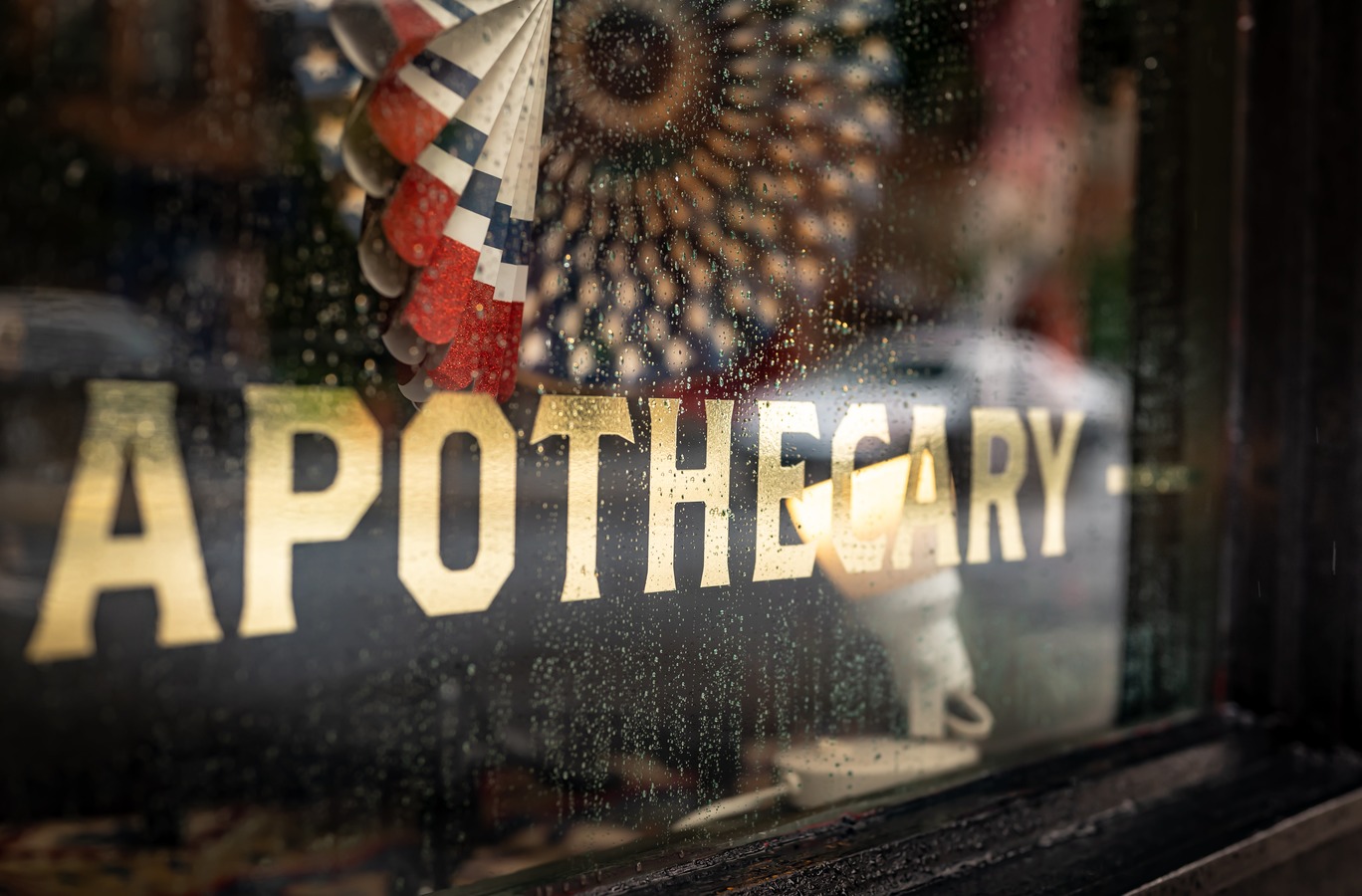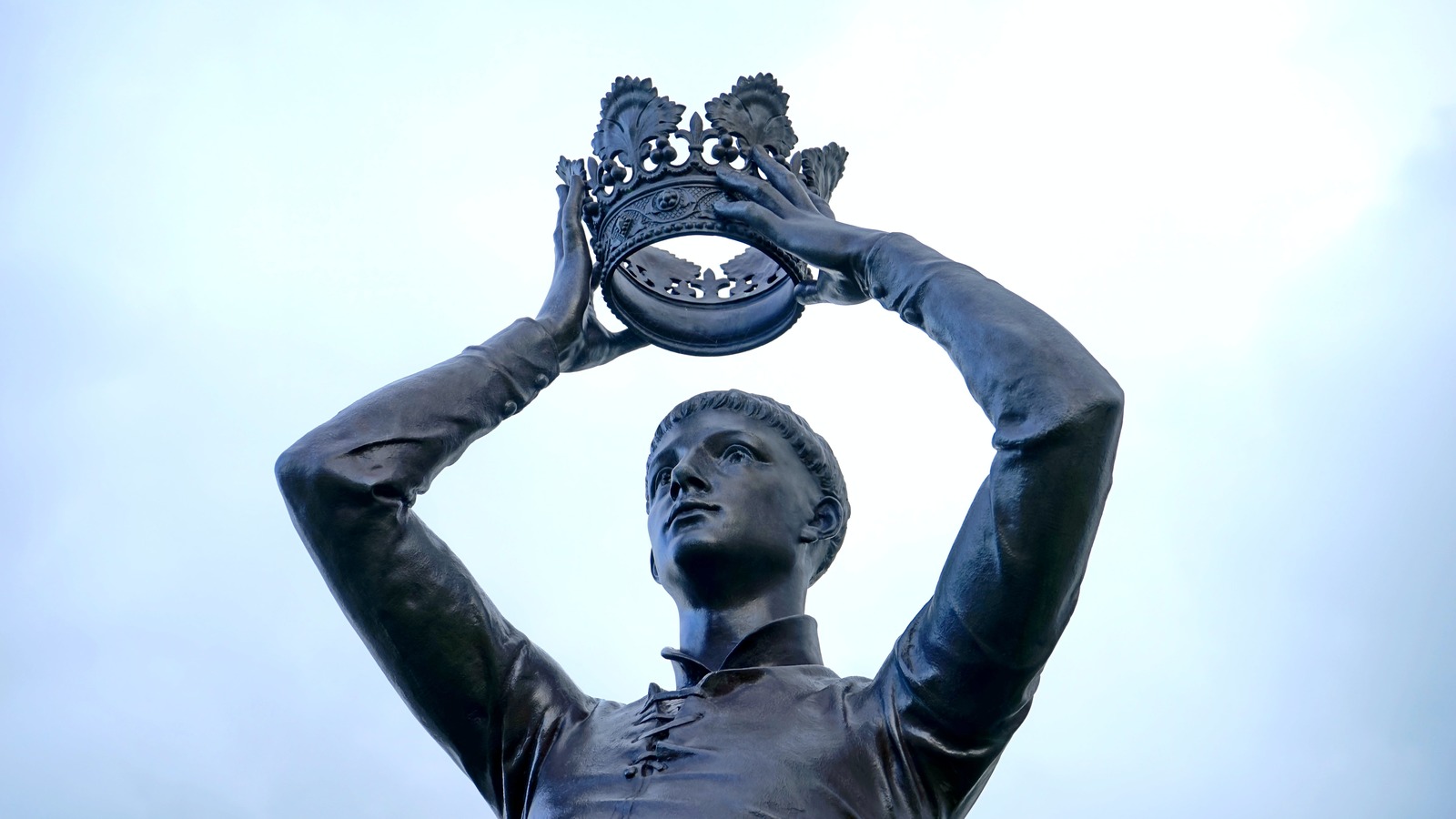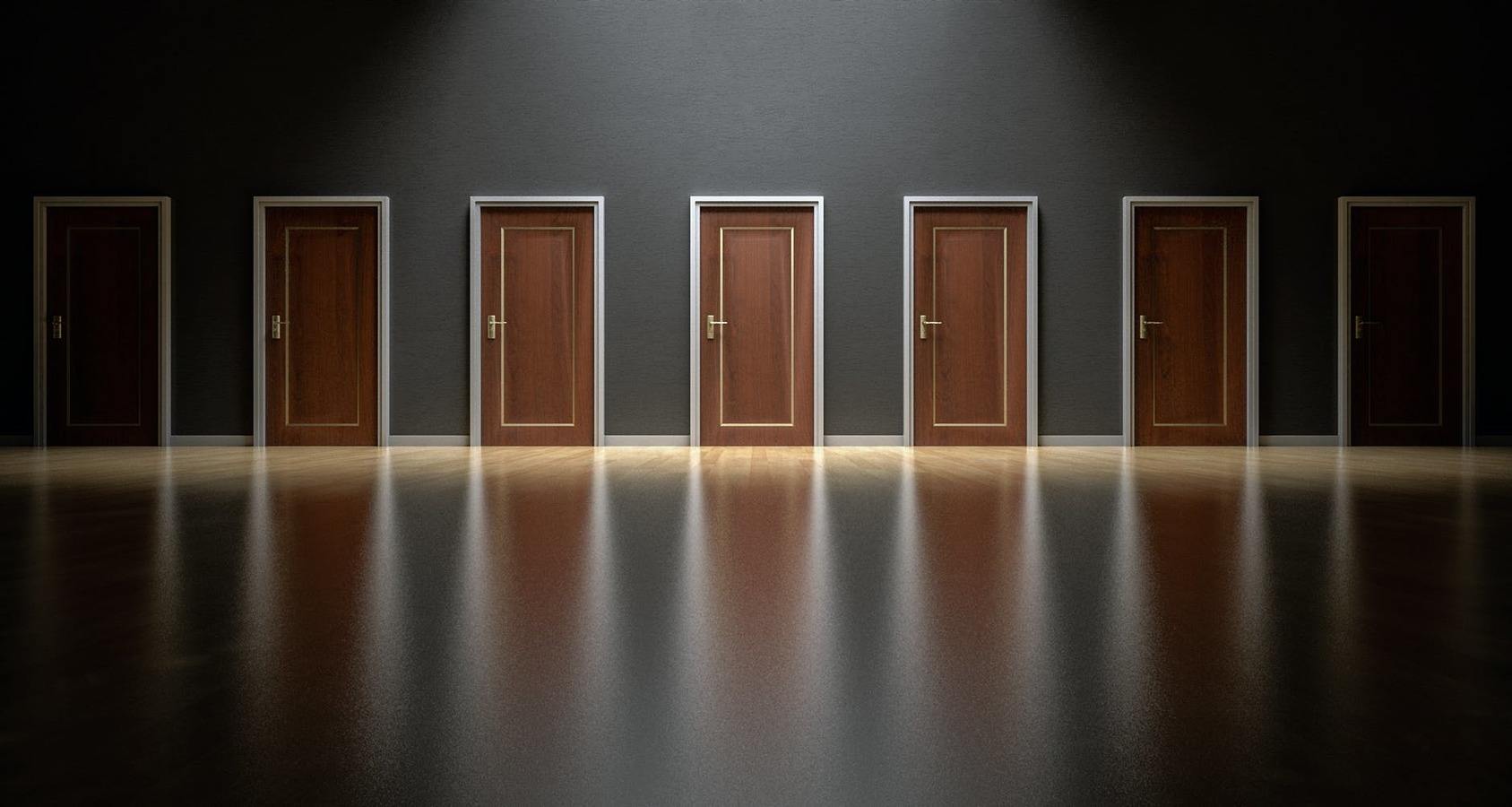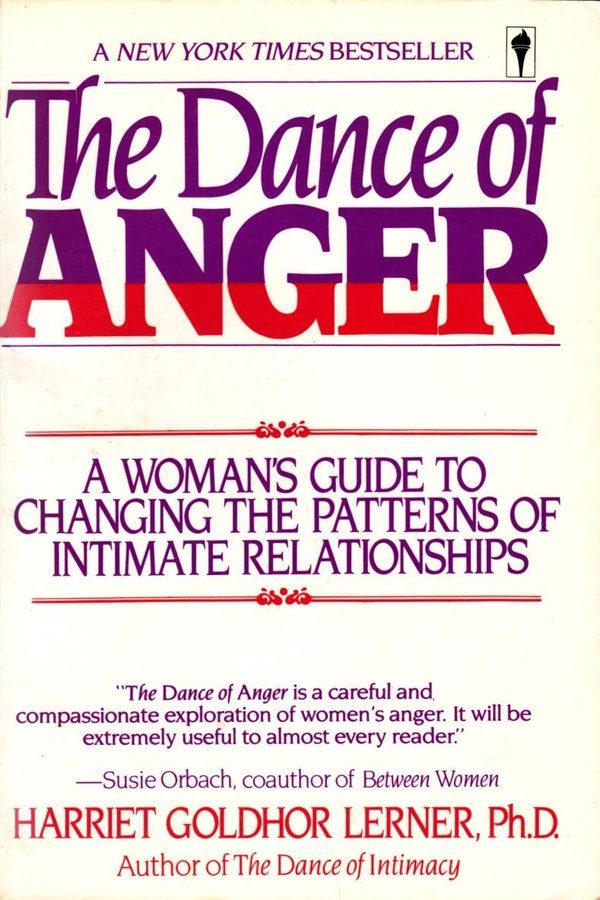There are so many things to say in the wake of viewing IT: Chapter 2. It was reading a take on the new version of IT by Meg-John Barker that inspired me to re-read the book a few years ago. I also then watched the new first film as well as re-watched the old one. That article inspired my own thoughts on the intersection of personal and social trauma which you can read here.
I have written before about friendship and part of what IT: Chapter 2 has done is made me think more about friendship and what it means. Here I am going to write about friendship and feeling. There is some more writing here about friendship and change.
There are two friendship groups in IT – the Bowers gang and the Losers Club – one serves to foster growth and acceptance, the other fear, hatred and the spreading of that through intimidation and violence. This is quite binary and the movie (and the book) both tend to play to the good guys/ bad guys model which is simplistic. A more nuanced and sophisticated approach would see us having gentleness within the bad and a capacity for cruelty within the good: a story for another time, perhaps.
In IT and IT Chapter 2, all of the Loser’s are in pairs or solo when we meet them. As the story progresses, we see their individual lives and the challenges they are dealing with. The group comes together to form a whole after the attack on, first, Ben and then Mike by Henry Bowers. After the shared work and fun of the dam project (and in Chapter 2, of the club house, a gift of Ben’s to the group), they become close enough to trust and then share their secret shames: the stories about what they have witnessed. We see how in sharing these, joking about, as well as talking openly about them, they begin to break the hold of those fears.
IT takes you when you are alone – fear will do the same
Within those pairs, and as a group, they are all very much individuals who can both shape and support each other, as we are shown in how Stan’s experiences and actions affect Richie. We also witness how friendship can allow us to wound. The argument/fall out scene does this in IT Chapter 1 but the scene in Chapter 2 with young Bill and Beverley in Chapter 2 captures this perfectly:
“You don’t want your Dad to see you,” says Bill, dismissing her attempts at closeness.
He uses what he knows of her hurt to reject her. He reminds her of the shame, of the pain and abuse as well as being complicit in it by saying she has to submit to it. This scene really captures the loneliness of the self and the pain of rejection by those we care about and the need for connection and acceptance.
Chapter 2 offers us further insight into the pain they experienced when they had all fallen out, been angry and mean to each other. It is this pain, these experiences, that have to be witnessed by the adult selves to allow them to move on.
For the Loser’s Club, friendship is an acceptance of their own weakness, they are connected by their other-ness, their difference. They come together by chance because of the experiences they share and, whilst Bill is the defacto leader, they all get their chance to take the lead, to shine and share their unique gifts.
This acceptance, their willingness to embrace each other’s foibles, support each other’s growth as well as their togetherness is what makes them stronger. They are not strong enough to defeat IT until they are all able, as adults, to fully witness their own childhood. They have to fully see their own flaws and issues, to see themselves clearly and then allow themselves to be accepted back as part of the group after that witnessing.
IT tells them it has been missing them, craving them. IT speaks of the deep need for friendships and connection that we all share. This moment speaks so much of everyone’s need to be seen in all of our mess and ugliness and still be accepted.Simply put, the bad parts of ourselves need to be witnessed and embraced. This is what the Losers do for each other, they accept each other. This is what we need to do for each other.
It is their friendship that saves them, it is their friendship that saves Derry
Western society tends to put less value and meaning on friendships than romantic and sexual relationships. This can be unhelpful for many reasons. We need to move away from the model of one person being everything to us and, instead, to create and embrace a network of connections. Most of us understand this on an intellectual level but, unless we have had the presence of a broad network of friends modelled to us, most of us rarely actually act on this, mostly through lack of time.
We are more complete when we are together – we can see ourselves most clearly in, and through, relationship with others
Friendship is a genuine and, I would even say, vital need: an instinctive one. Friendship is love and it involves time, commitment, patience and, above all else, acceptance. It is okay for friendships to ebb and flow but all too often we take them for granted. It’s important to invest time in them, to value them as much as we value the romantic and sexual connections in our lives as well as the other things we have to do like work. What time do you have that might be better spent with or even on a call to a friend?
The movie ends with Mike saying to Bill: I love you, man and Bill saying it back, reflecting it back. This demonstration of love and friendship is so powerful. That we can love our friends and that we can share that with them is key to growing as individuals and growing as a society, a society that is mature enough to fully witness the harm it has both experienced and caused, a society that can value friendship, that can embrace the complexity of human feelings and experience. A society that values and supports authentic, honest friendship, that supports and encourages acceptance and the whole range of human experience and feelings is one that can grow stronger.




















